Description
ORGANIC MICROGREEN SEEDS – CORIANDER ( SPLIT SEED)
ORGANIC MICROGREEN SEEDS – CORIANDER . ”A well know herb with a distinctive fragrance and a rich and complex flavour. Coriander micro-green leaves add the perfect finishing touch to countless dishes such as curries, soups and sauces and as part of a mixed green salad.Whole Coriander seed is the complete seedpod that contains two or more seeds. We supply the split seed which makes germination much easier and more productive.
Cultivation Advice
- Ensure you’re using organic coriander seeds specifically labeled for microgreen cultivation. Split coriander seeds are typically used for microgreens due to their quicker germination.
- Select a shallow tray or container with drainage holes. Fill it with a high-quality organic potting mix or a specialized microgreen growing medium.
- Spread the split coriander seeds evenly across the surface of the pre-moistened growing medium. Scatter them densely but not too thickly, aiming for uniform coverage.
- Lightly press the seeds into the soil to ensure good seed-to-soil contact. You can cover them with a thin layer of growing medium or use a fine mist to settle them into the soil.
- Mist the seeds gently using a spray bottle or a fine mist setting on a watering can. Keep the soil consistently moist but avoid overwatering to prevent mold or rot.
- Place the tray in a warm location with indirect sunlight or under grow lights. Coriander microgreens prefer temperatures between 60°F to 75°F (15°C to 24°C) for optimal growth.
- Cover the tray with another tray or a plastic lid to create a mini greenhouse effect. This helps retain moisture and encourages germination.
- Coriander microgreens typically germinate within a week. Once they sprout, remove the cover and place them under direct light, ensuring adequate airflow.
- Coriander microgreens are usually ready for harvest in about 2-3 weeks. Harvest when the first true leaves appear and the greens are about 2-3 inches tall. Use clean scissors to cut them just above the soil level.
- Incorporate fresh coriander microgreens into salads, sandwiches, soups, or as a flavorful garnish for various dishes. They offer a concentrated coriander flavor.
- Some microgreens, including coriander, can regrow after the initial harvest. Consider leaving some plants to see if they produce additional leaves for a second cutting.
- After harvesting, clean the tray thoroughly with soap and water before reusing it. This helps prevent disease and maintains a healthy environment for future crops.
- Microgreens can vary in taste and texture based on growing conditions. Experiment with different lighting, watering, and temperatures to find what suits your preferences best.
- Ensure the soil or growing medium is well-draining and free of chemical additives. If possible, use a soilless growing medium specifically designed for microgreens to reduce the risk of disease.
- Consider pre-soaking coriander seeds for 8-12 hours before planting. This can help speed up germination and promote uniform growth.
- Provide adequate light for your coriander microgreens. If natural sunlight isn’t available, use full-spectrum grow lights placed a few inches above the trays. Aim for 12-16 hours of light daily.
- Proper airflow is crucial to prevent damping off (a fungal disease) and encourage sturdy growth. Use a small fan on low speed to provide gentle airflow around the microgreens.
- Water the microgreens from the bottom by placing the tray in a shallow container filled with water. This encourages healthy root development without disturbing the delicate leaves.
- For added nutrients, consider using diluted organic liquid fertilizers suitable for microgreens once the first true leaves appear. Follow the manufacturer’s instructions for application.
- After the initial harvest, some coriander microgreens may regrow. Leave a portion of the plants intact (a small percentage) to observe if they produce subsequent growth.
- Taste and texture can vary based on when you harvest. Try harvesting some microgreens earlier (cotyledon stage) for a milder flavor and later for a stronger taste.
- Ensure cleanliness in your growing environment. Sterilize trays and equipment between plantings to prevent the spread of diseases or pathogens.
- Keep a close eye on the growth progress. Adjust watering, light exposure, and other conditions based on how the coriander microgreens respond.
- Microgreen cultivation is as much an art as it is a science. Embrace the learning experience and adapt your techniques based on your observations and preferences.

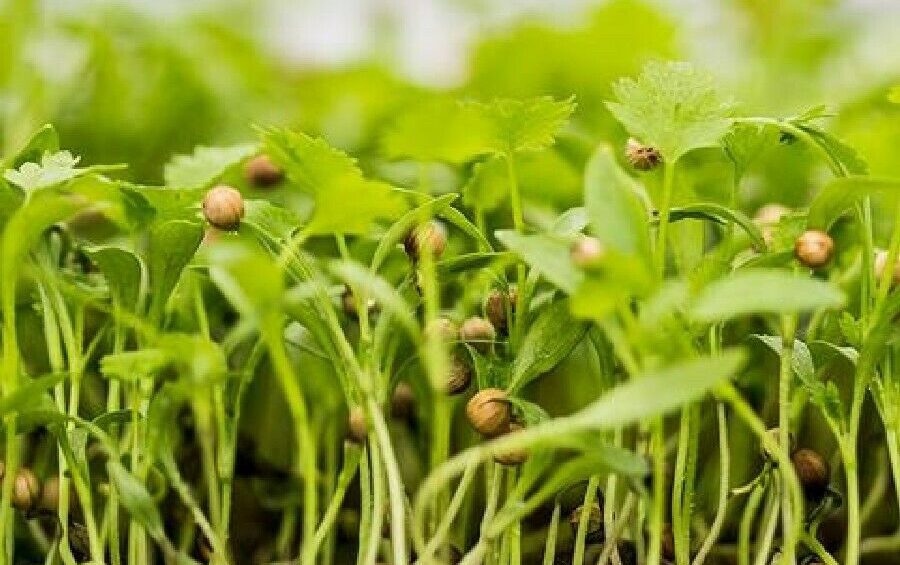
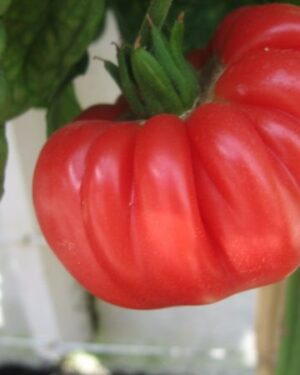

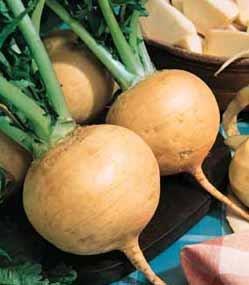
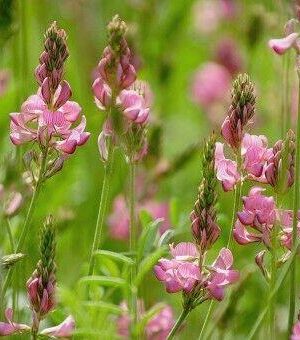
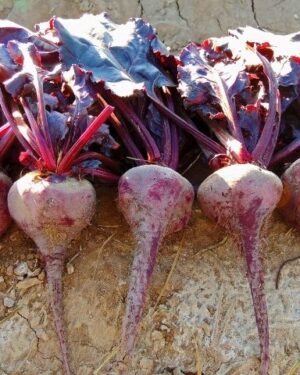
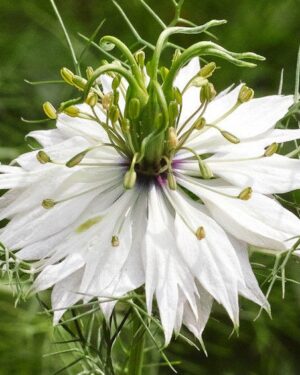

Reviews
There are no reviews yet.